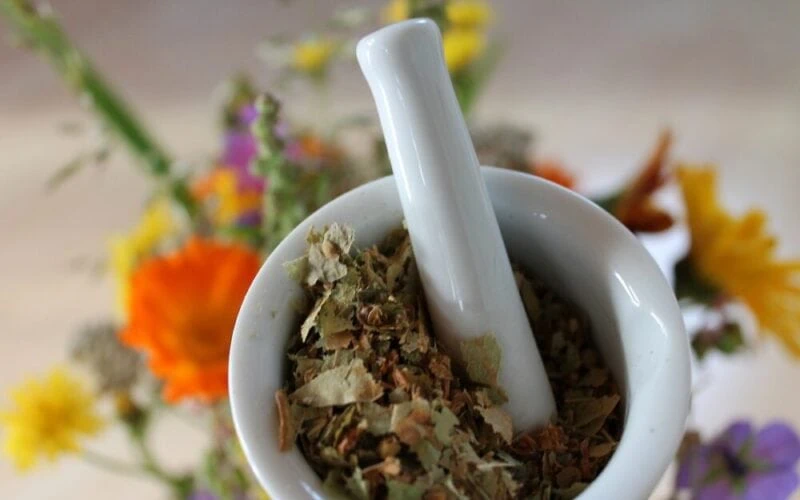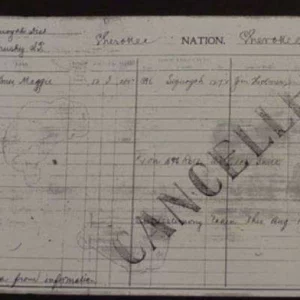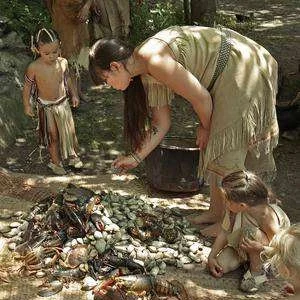It’s all about nature
The Earth does not belong to us; we belong to the Earth. – Chief Seattle
This quote from Chief Seattle reminds us of the Native American belief in the wonderful and important connection between humans and nature. Native healing practices strongly emphasize this connection, recognizing that our physical and mental well-being is linked to the health of the environment.
One of the most recognizable aspects of Native American healing is their use of herbal remedies, which are still used today to promote wellness. The Indigenous people of North America have a deep understanding of the medicinal properties of plants passed down through generations.
Below are just three examples of the essential Native herbal medicines that come from nature's pharmacy.
Sage: The Cleansing Herb
Sage is an excellent choice whether you feel some bad energy in your life and want to clear it up or have a daily wellness ritual. Known for its fragrant, cleansing smoke, sage has been used for centuries in Native American smudging ceremonies. It's believed to clear negative energy and purify the environment and the spirit. Lighting a bundle of sage and allowing the smoke to waft over your body can be a powerful ritual for modern individuals seeking to cleanse their living spaces and minds. Sage also packs a punch to help get rid of bacteria or sickness.
According to the American Indian Health Service of Chicago, “Garden Sage (Salvia Officinalis) has shown anti-fungal, antiviral, anti-oxidant and anti-bacterial properties that make it a useful weapon in combating many illnesses.” This ancient herb is definitely one not to skip out on if you want to be well.
Watch this video if you are interested in learning more about smudging.
Tobacco: A Symbol of Peace
Naturally grown tobacco by Native Americans was used in ancient ceremonies and today in modern ceremonies. While it is not used as a medicine to treat physical illness, tobacco is used for spiritual healing. Healing the mind and soul is just as important as the body.
Tobacco is cherished in Native American culture. It is shared as a gift by the creator and offered to elders, healers, and the divine. With a rich cultural history, it is considered the first blessing to Native people. In sacred peace pipe ceremonies, tobacco creates harmony and peace among participants and their creator. It remains a vital ritual in Native America, connecting people to their heritage and spirituality.
Cedar: Restore and Purify
The wood from cedar offers many wellness and healing benefits. Anyone can use cedar along with sage to purify their home. But it also has anti-inflammatory, anti-bacterial, and anti-oxidant properties!
Potent oil from cedar has been used since ancient times to ward off insects, mold, and bacteria. Even the cedar leaves reap benefits and can act as an anti-fungal. Today, people still brew cedar tea to promote immune function and use cedarwood essential oils for their healing capabilities.
The balance of mind, body, and spirit
In Native American traditions, healing isn't just about defeating illness—it's about weaving a connecting the mind, body, and spirit. Unlike some modern medicine that focuses mostly on physical symptoms, Native Americans who use these ancient healing traditions recognize what all plays into true well-being.
Sweat Lodges: Purification of the Spirit
If you're not into ingesting anything, you can always sweat it out! Sweat lodges are like portals in Native American healing ceremonies. These cozy, steamy havens are where magic happens. People choose to participate to purge not just physical toxins but emotional baggage too. It's the best sweat session ever, leaving you feeling squeaky clean from the inside out.
The Healing Power of Storytelling
Storytelling is like attending a free therapy session for the soul. Native Americans use storytelling to pass down knowledge to the next generation, but also as a way to connect and heal from trauma. The video below quickly highlights the power of Indigenous storytelling.
Guided Meditation
Over the past decade, the practice of meditation has taken off in popularity worldwide. It is by no means exclusive to Native American healing, but it is an essential part of many Indigenous cultures. Overall, meditation is proven to help reduce stress, which has several health benefits. It can also increase self-awareness, improve clarity, and guide meditators toward a goal.
Incorporating guided meditations that draw from Native American traditions can be a meaningful way to connect with your roots and find inner peace. Visualizations of nature, such as serene forests or flowing rivers, can deepen your meditation experience and foster a sense of belonging.
A Holistic Approach to Health
Native American medicine recognizes that health is not just about curing diseases but about creating a sense of well-being and balance in all aspects of life. This holistic approach can offer valuable lessons to those navigating the complex web of modern wellness.
Do any of these ideas stick out to you? Are you already participating in holistic healing yet want to continue building on your current practices? Either way, we encourage you to try something new and Native!
For more information about these practices, please consult with your tribal elders.





Edgar
says:My dad always told me stories.
Now, I find myself telling stories.
Gray spirit
says:I’m part Cherokee through my mother and grandmother. My grandmother’s father is recorded as Cherokee in the records in Fort Worth, Texas. My grandmother’s husband was 1/2 Cherokee. The more I learn, the more comfortable I am with learning my Cherokee side.